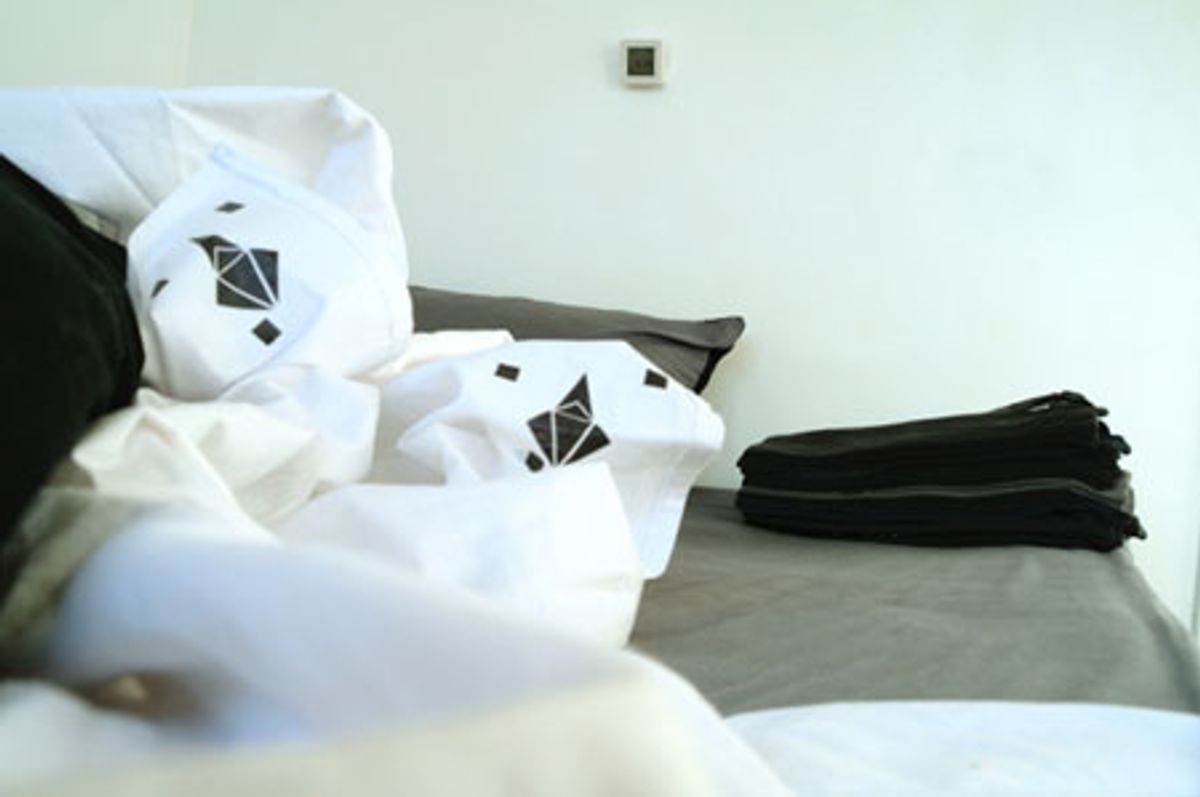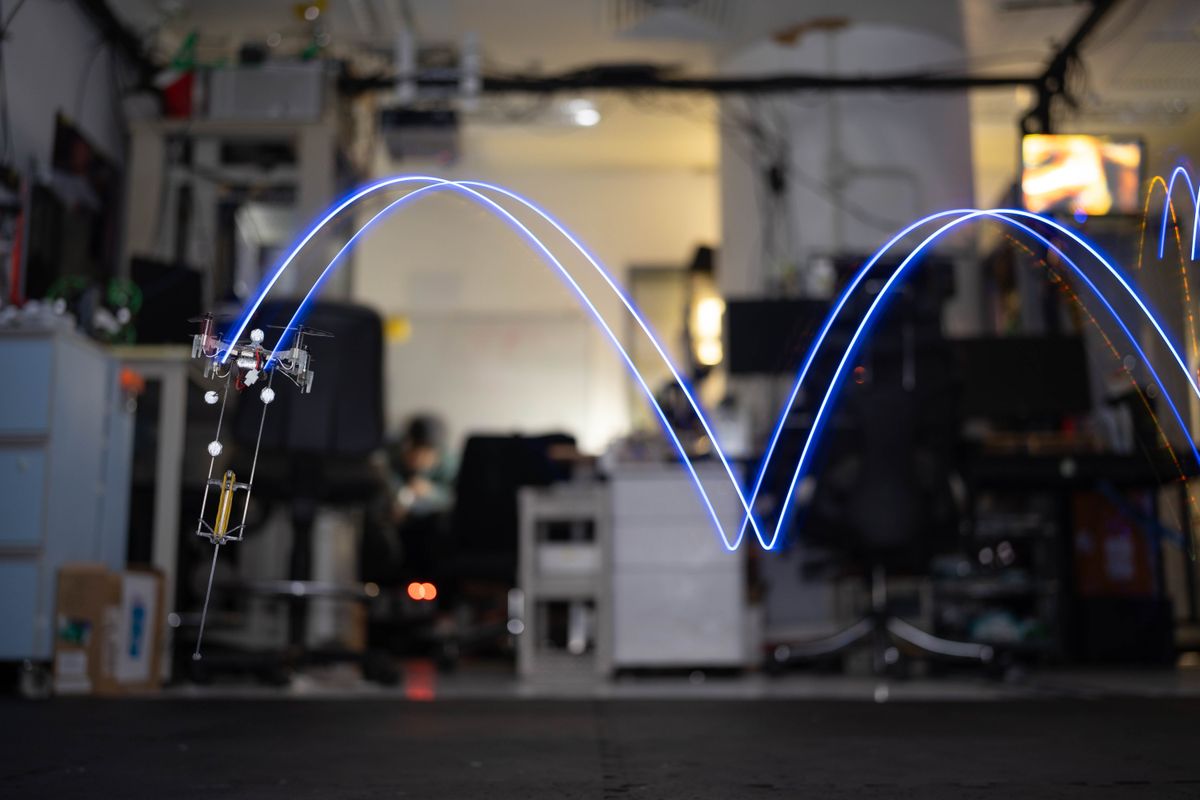The reason that so many people are fixated on building and programming humanoid robots is simple: we live in a world designed for humanoids. If we were all turtles, roboticists would have a much easier time of it, but unfortunately, we're bipeds with sharp eyes and a good sense of balance. Much effort has been expended trying to get robots to be able to cope with the wild diversity and (if we're being honest) rampant randomness and disorder in our lives, but a much simpler solution that will get capable and reliable robots into our homes far sooner is to just make some little tweaks here and their to help them do their jobs, which used to be our jobs.
Designer Diego Trujillo Pisanty‘s With Robots project imagines how robot friendliness might alter the design and functionality of our stuff. In the above picture, for example, sheets have been printed with optical tags at their folding points to assist a robot with making the bed. Here are four other examples, along with Pisanty's captions:
Setting the table is another task robots might be doing, having everything ready for when the owner comes home. The plate does not require a “plate tag” printed on it, the tag has been replaced by a notch on the edge indicating that this object is a plate. The notch also doubles as a holding point, it makes us wonder on the shape of the tool the robot uses to manipulate this object. The edges of the table are marked telling the machine where the limits are. In the scene presented the robot has made a mistake and placed all the cutlery rotated by 90 degrees.
Concentrating a bit more on how robots manipulate objects, a cup with a robot friendly handle was made. This object reveals a lot about the relationship between humans and robots, it creates a tension between the robotic and the human handle. The handle could become a design feature or it could be badly received, considered ugly and uncomfortable. The cupboard in which these cups rest have also been altered in order to accommodate the robot. Not only are there tags marking the position of objects but the doors have also been removed as they were not fit for A.I.
Cooking robots have been a promise for more then 60 years, ranging from Falks robotic toaster to the Jetsons’ Rosie maid-bot. How desirable is robot precision in the kitchen? The situation presented shows how meat has been precisely cut into cubes without leaving any cut marks on the chopping board. The board its self has notches to facilitate robot interaction. In the background the meat package can be seen, it too has been labelled to suggest that the robots operate beyond a single house.
Every living space is different, not only in the architectural layout but also in the tasks that the tenants require robots to do. For this reason robots ship only partially programmed so that through a learning algorithm they might adapt to the home they operate in. To accelerate the learning process special learning tools have been designed to help the robot integrate to a 3D environment. The picture on this page shows a living room after a robot self-training session. We can see it has now mastered the physics of equilibrium. It is also evident that it has mistaken one of the house’s dinner plates which it has broken with robotic precision to complete it’s piece. This scene intends to make us think of what the tenants would think when encountering such a display. It also tries to show what it would feel like to have objects that are useful only to robots in our house.
As far fetched as some of this seems, if you think about it, redesigning out homes this way may make a lot of sense. Would you tolerate sheets or dishes with specific patterns on them if it meant you never had to set the table, clear the table, or wash dishes ever again, for example? And there's really no reason why we'd even have to be aware of such aesthetic compromises, as long as markings are in UV or something. A fringe benefit would also be that implementing the changes pictured above would lower the stress levels of roboticists by about 100%.
Actually, several real-world robots are (or were) using household tags like this to make their jobs easier. The short-lived Ubot vacuuming robot relied on special flooring with embedded ultraviolet barcodes to do its localization, and more recently, Bosch has been using a t-shirt covered in optical tags to help it learn how to fold. Ubot never really took off and Bosch isn't planning on forcing us all to wear betagged clothing, but you know what, if it meant that I never had to do laundry or pick up after myself, I'd seriously consider changing my style to something a little more more robot-friendly.
[ With Robots ] via [ @heatherknight ] and [ bldg ]
Evan Ackerman is a senior editor at IEEE Spectrum. Since 2007, he has written over 6,000 articles on robotics and technology. He has a degree in Martian geology and is excellent at playing bagpipes.








